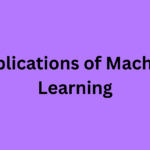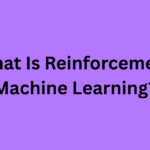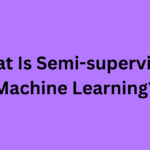Chapter 1: Introduction to IoT
1.1 What is IoT?
1.2 History and Evolution of IoT
1.3 Characteristics of IoT
1.4 IoT Applications in Various Domains
- Smart Homes, Healthcare, Agriculture, Industry 4.0, Smart Cities
1.5 Challenges and Opportunities in IoT
Chapter 2: IoT Architecture
2.1 Four-layer Architecture of IoT
- Perception Layer, Network Layer, Middleware Layer, Application Layer
2.2 IoT Functional Blocks
2.3 IoT Protocol Stack
2.4 Role of Cloud and Edge Computing in IoT
2.5 IoT Communication Models
Chapter 3: Sensors, Actuators, and Devices
3.1 Overview of Sensors and Actuators
3.2 Types of Sensors
- Temperature, Proximity, Motion, Gas, etc.
3.3 Actuator Mechanisms
3.4 IoT-enabled Devices (Arduino, Raspberry Pi, ESP32)
3.5 Power Sources and Battery Management
Chapter 4: Networking and Communication Protocols
4.1 Communication Technologies
- Wi-Fi, Bluetooth, ZigBee, RFID, NFC
4.2 Internet Protocols for IoT
- IPv4/IPv6, 6LoWPAN, MQTT, CoAP
4.3 LPWAN Technologies
- LoRa, Sigfox, NB-IoT
4.4 Device Discovery and Addressing
4.5 Network Topologies and IoT Data Flow
Chapter 5: IoT Platforms and Tools
5.1 Introduction to IoT Platforms
- ThingsBoard, Blynk, ThingSpeak, Google Cloud IoT, AWS IoT
5.2 Device-to-Cloud Communication
5.3 Open-source IoT Development Tools
5.4 Web Services and REST APIs
5.5 Mobile and Web App Integration
Chapter 6: Data Management and Analytics in IoT
6.1 IoT Data Characteristics
6.2 Data Acquisition and Storage
6.3 Stream Processing and Real-time Analytics
6.4 Big Data Tools for IoT (Hadoop, Spark)
6.5 Visualization Techniques and Dashboards
Chapter 7: Security and Privacy in IoT
7.1 Common IoT Threats and Vulnerabilities
7.2 Security Requirements in IoT Systems
7.3 Cryptographic Techniques for IoT
7.4 Secure Communication Protocols (TLS, DTLS)
7.5 Privacy-preserving Mechanisms
Chapter 8: IoT and Cloud/Edge Computing
8.1 Cloud Computing for IoT
8.2 Edge and Fog Computing Concepts
8.3 Cloud vs Edge Processing
8.4 Data Offloading and Latency Reduction
8.5 Real-world Use Cases
Chapter 9: IoT Applications and Case Studies
9.1 Smart Home and Smart Cities
9.2 Industrial IoT (IIoT)
9.3 Healthcare and Wearables
9.4 Agriculture and Environmental Monitoring
9.5 Case Studies: Google Nest, Tesla, Amazon Echo, etc.
Chapter 10: Future Trends and Research Directions
10.1 AI and Machine Learning in IoT
10.2 Blockchain for IoT Security
10.3 Digital Twins and Simulation
10.4 Green IoT and Energy Efficiency
10.5 Ethical and Legal Aspects of IoT






